The 7 best companion plants for tomatoes
Keep tomatoes happy with these 7 companion plants
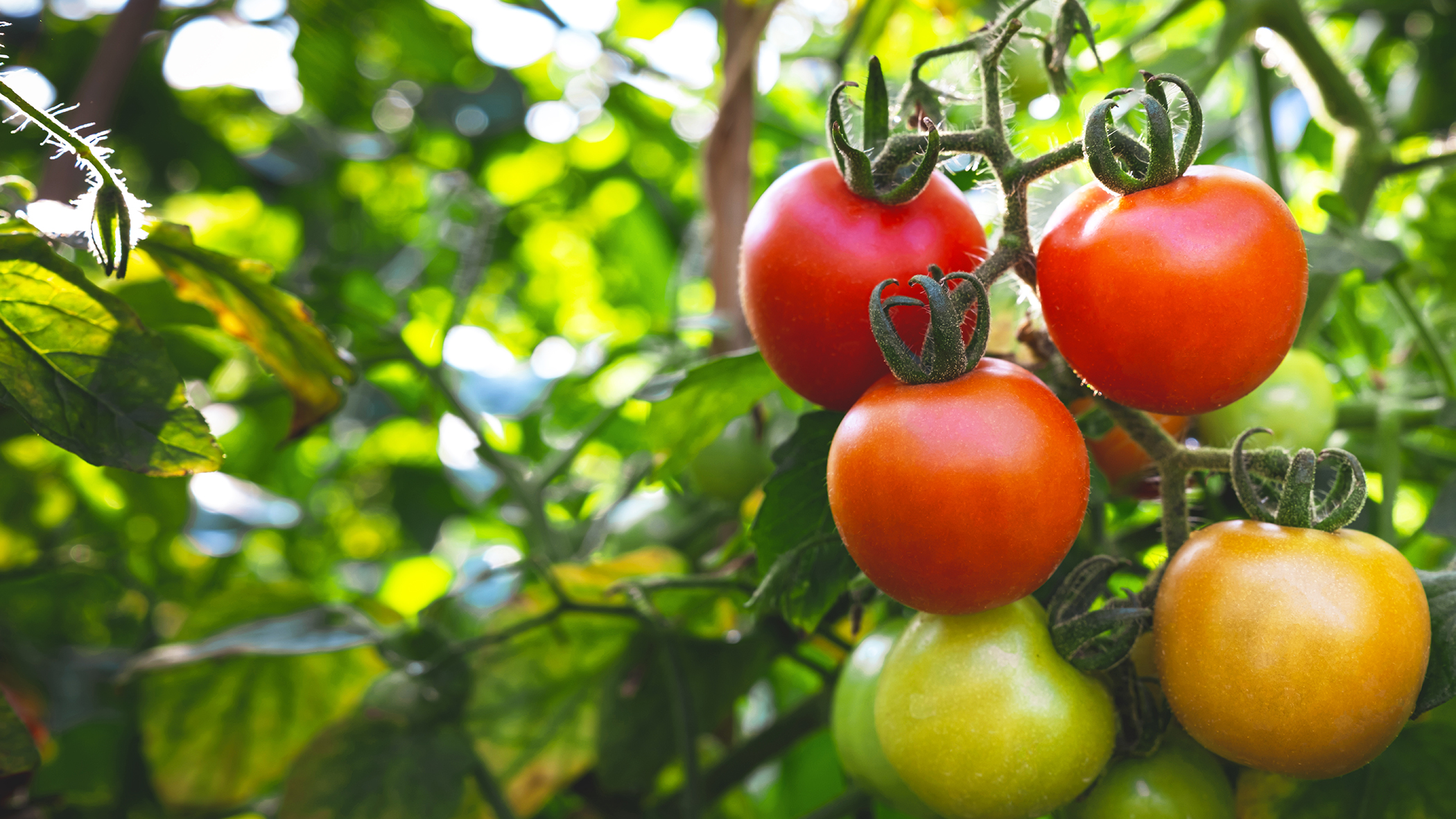
Gardeners from across the spectrum of novice to expert can be found growing tomatoes in the summer months.
This cheerful vine produces vibrant red fruit that has become synonymous with warm-weather dining — and nothing tastes as good as homegrown. But no matter your level of experience, growing tomatoes can prove frustrating if you don’t get protective measures in place quickly.
Tomatoes are vulnerable to a number of diseases and attract a range of pests that will munch on young shoots and leaves, inhibiting the health of the plant. But in the case of tomatoes, there are several companion plants that can be used to strengthen the harvest, each offering something a little different. Here are 7 of my favorites:
Plants over pesticies
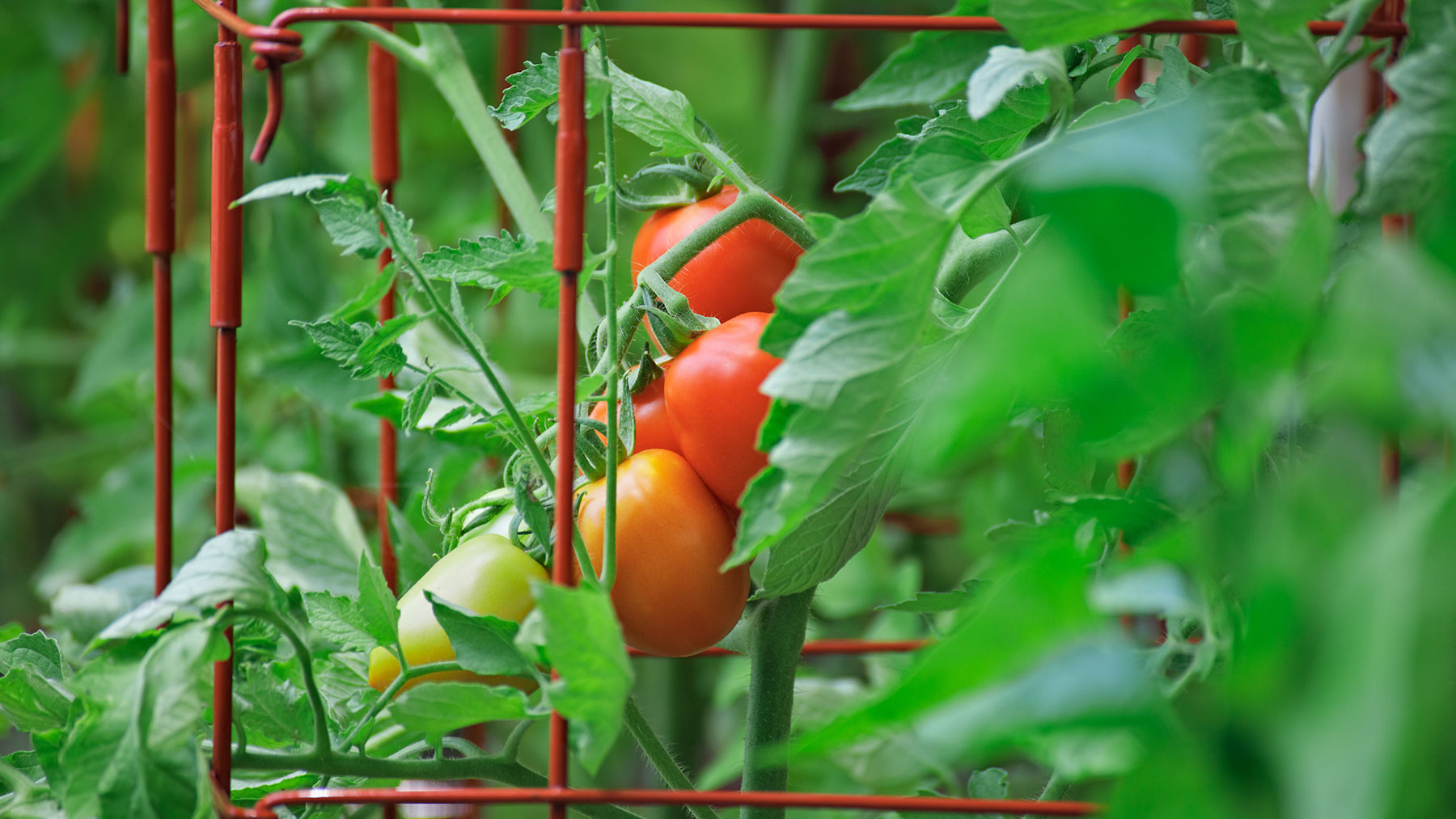
While some gardeners may opt to use pesticides or physical barriers to shield their plants from harm, these can have their downsides.
Pesticides can make the fruit of the vine harmful to eat, while netting can be unsightly and unwieldy to deploy. Instead, many gardeners are choosing an entirely natural method of pest control and crop management: companion planting.
Companion plants are species that, simply put, grow best together. They may impart specific nutrients into the soil that benefit the other plant, or they may deter specific pests that prey on the other’s foliage.
Usually, these plants have evolved to grow together and therefore are suited to the same conditions, making it easy to plant them side by side. In some cases, the plants have even developed a complementary color palette to better attract pollinators — and human eyes.
Get instant access to breaking news, the hottest reviews, great deals and helpful tips.
1. Sweet Alyssum
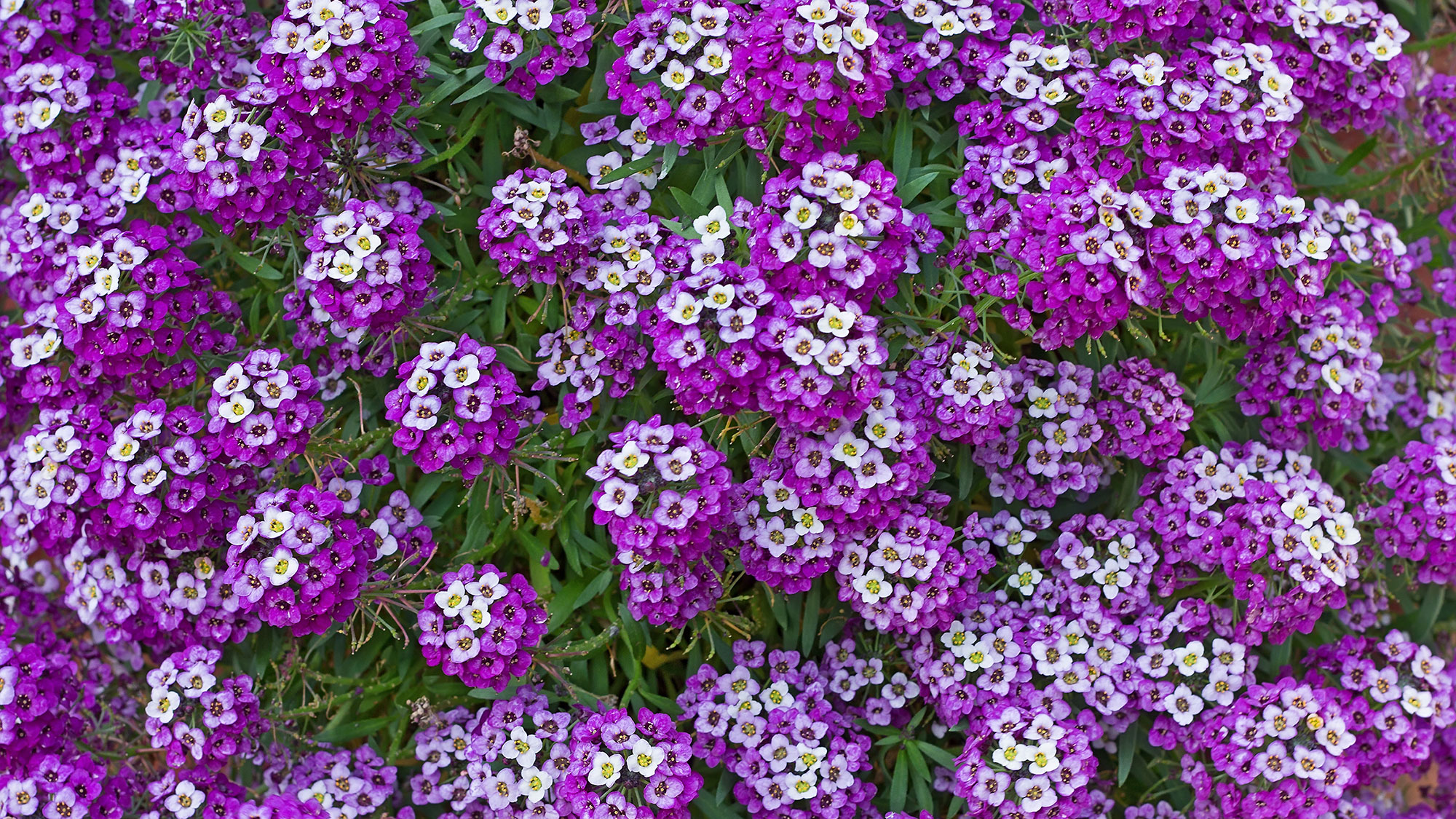
If you’re growing tomatoes in containers, then companion planting can be a little tricky as space is limited.
The benefits of the neighboring plant may be restricted, especially if they aren’t sharing the same soil, so larger species aren’t really an option. In these conditions, sweet alyssum is a perfect choice as it grows low to the ground and creates an attractive cover of flowers around the base of the vine, without impeding the vine’s growth.
Not only is this floral carpet attractive, but it also works effectively against pests like aphids as the blooms attract their natural predators, such as parasitic wasps. As long as the sweet alyssum is flowering, it will minimize damage done to the tomatoes and look good while doing it.
Sweet alyssum comes in white, pink and purple varieties, so gardeners can choose the color spectrum that best suits their design scheme.
2. Chrysanthemums

These garden gloves are made of nylon and nitrile and come in three sizes — small, medium and large. They offer excellent non-slip properties, are comfortable around the wrist, breathable and machine washable. At Tom's Guide, we recommend them as the best overall gardening glove.
For something a bit more vibrant and eye-catching, chrysanthemums have been a popular choice among gardeners for years. They come in a wide range of colors, are easy to grow, and flower into the fall, adding interest at a time when many other varieties are dying off.
Not only are their thickly petalled flowers beautiful, but chrysanthemums produce natural chemicals called pyrethrins that are commonly used in natural insecticides. In this original flower form, they still work to repel common insects like mosquitoes, ants, Japanese beetles, cockroaches and more.
Chrysanthemums are effective pest repellents for all kinds of plants, but they do especially well near tomato plants. If you have any issues with nematodes or spider mites, then chrysanthemums can also be planted as a good preventative measure against those.
3. Calendula
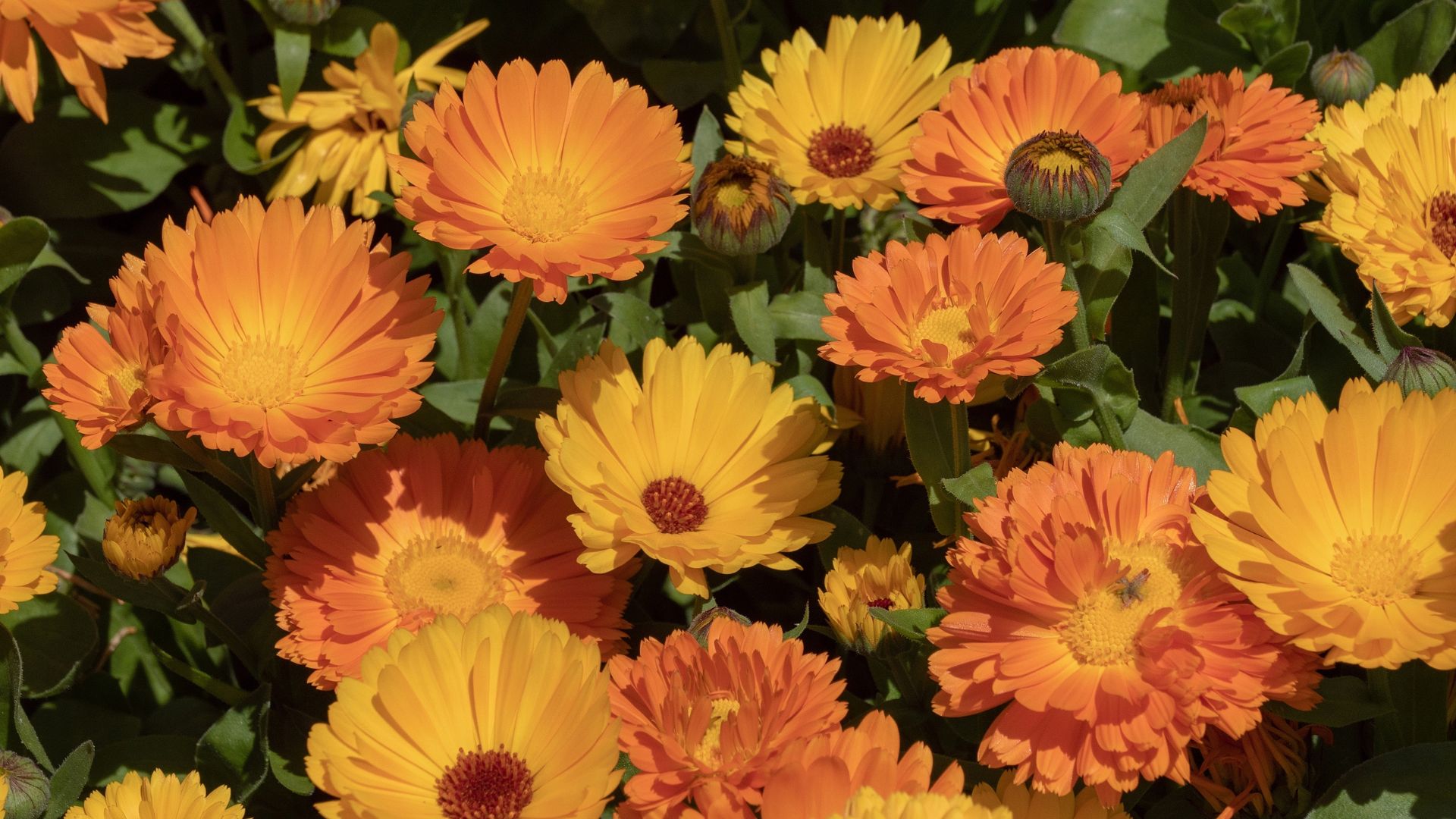
One of tomato vines’ biggest predators is the hornworm, which is not actually a worm but rather a large caterpillar with a horn-like tail. Their large appetites – and preference for tomato leaves – allow hornworms to do a lot of damage quickly, which is why it’s most effective to avoid their arrival in the first place.
One of the best ways to do this is through planting calendula. Calendula shares many physical traits with marigolds, notably their big yellow and orange flowers, but is actually from a different family that has antimicrobial properties.
The blooms release a woody fragrance that repels hornworms, as well as pests like aphids and corn earworms, which helps to keep the tomato vine safe. However, this fragrance is often quite appealing to humans and the flowers themselves can be used as culinary ingredients.
Calendula can also be used to deter larger pests like rabbits, which may be useful depending on your region.
4. Basil
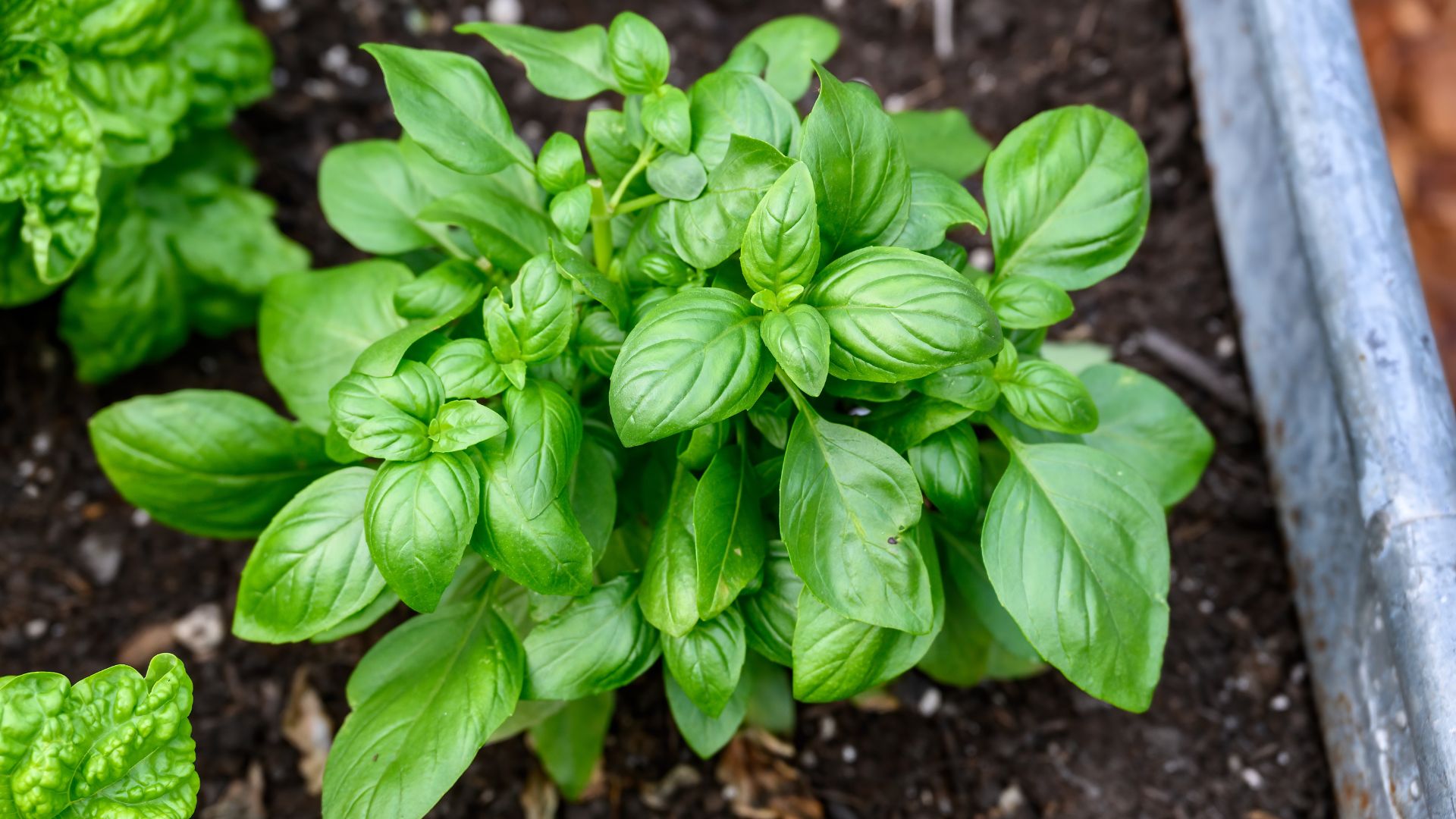
The common refrain “what grows together, goes together” can also be true for garden planting.
Tomato and basil are a classic culinary pairing that can also be beneficial to each other when grown nearby. Basil has several properties that aid the growth of tomato vines, beginning with its ability to help increase the root size of tomato vines that are planted in nearby soil. This allows the tomato plant to establish itself more securely and access nutrients and water more easily.
Basil also produces a notably thick scent that, while pleasant to humans, is repellent to a number of pests like aphids, hornworms, and thrips. In fact, the scent is so strong that it can also mask the smell of the tomato vine, limiting the number of pests that are drawn to the area in the first place.
Finally, basil is a tasty herb and useful ingredient for cooking, making it a worthwhile plant in its own right. Some varieties may be more vibrant than others, such as purple basil, so keep that in mind if you’re looking for a particular visual effect.
5. Parsley
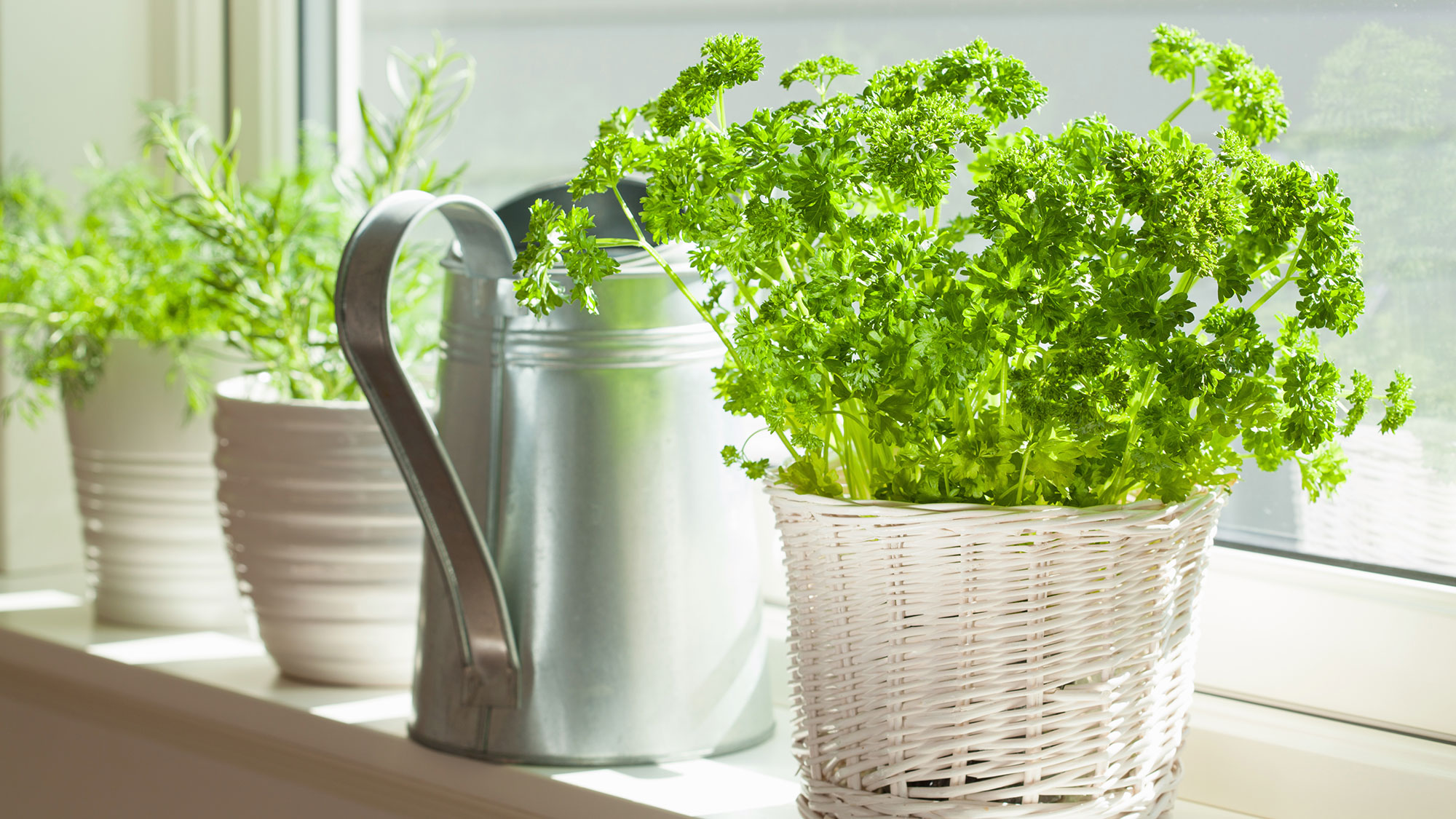
If you’re looking to maximize the productivity of your vegetable garden, you might also want to consider planting parsley nearby.
Suitable for planting directly into a soil bed or into containers, parsley creates great fertile growing conditions for tomatoes by doubling as an edible mulch covering around the base.
Not only is parsley delicious to humans, but it also attracts large volumes of ladybugs, which are notable eaters of aphids.
By creating an appealing habitat for their natural predators, parsley keeps the population of aphids to a minimum.
Ladybugs are also known to eat hornworm eggs, thereby doubling their protective influence.
Parsley is most effective as a companion plant when it is flowering, but this works well since it is mostly edible during the cooler months anyway; let it bloom during the summer, when tomatoes are fruiting. Then, enjoy the leaves in your cooking into the fall.
6. Asparagus
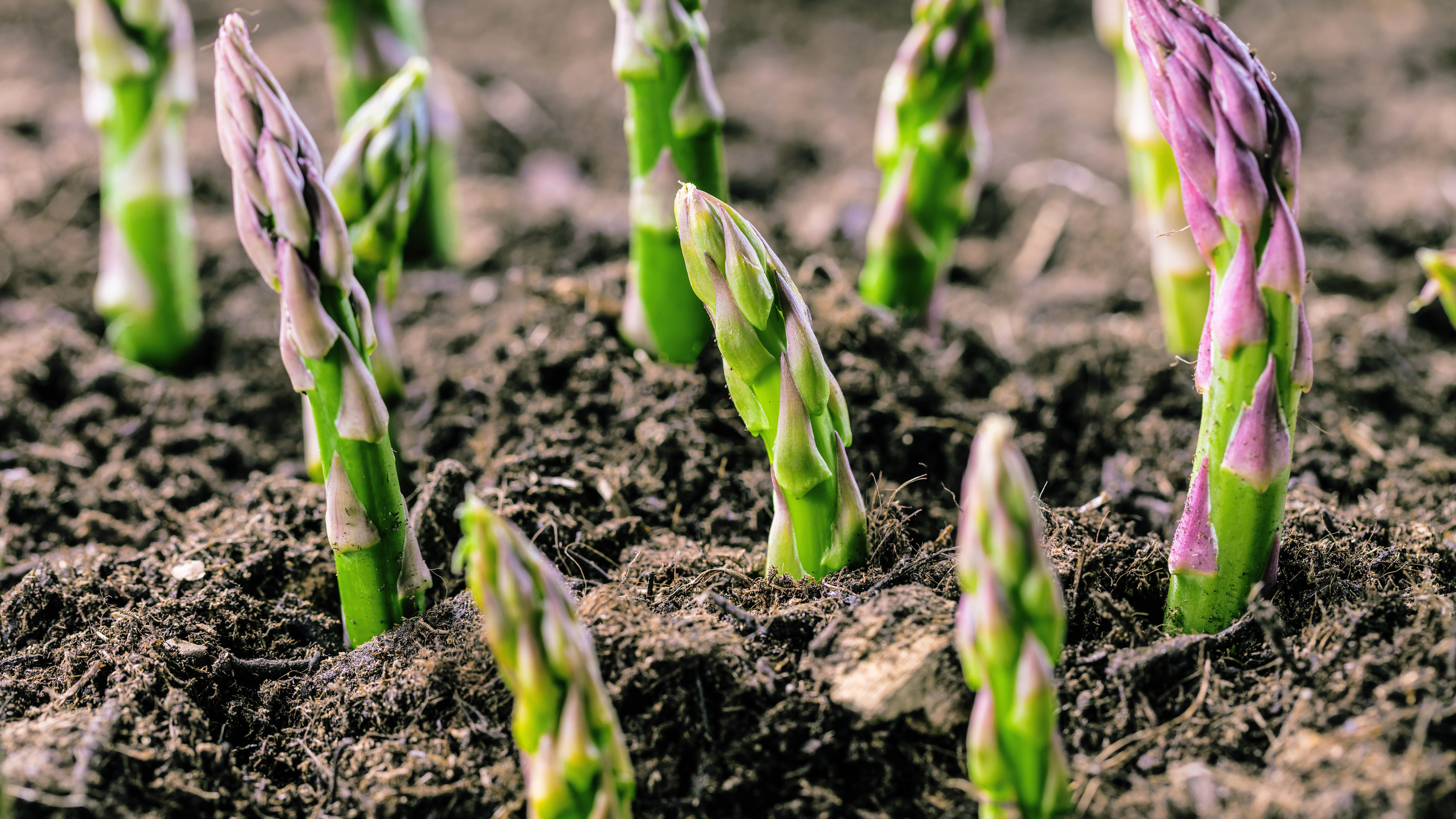
If pests are not a huge concern in your garden — lucky you — then you can still benefit from companion planting. Use some of your vegetable patch to grow asparagus, and not only will you get another delicious crop of vegetables to eat, but you will enhance the quality of your tomato vines as well.
This is because asparagus plants naturally emit a chemical compound that is toxic to nematodes, the roundworms that often gravitate around tomato vine roots. This compound helps to shield the vine from wilting, stunted growth and chlorosis.
Asparagus also produces natural fungicide, which reduces the chance of fungal disease throughout the vegetable patch. However, this isn’t a one-sided relationship; tomatoes naturally produce a chemical called solanine, which deters one of asparagus’ biggest predators (the asparagus beetle).
This means if you were already planning on growing asparagus, it may be worth adding tomatoes to your mix as well!
7. Borage
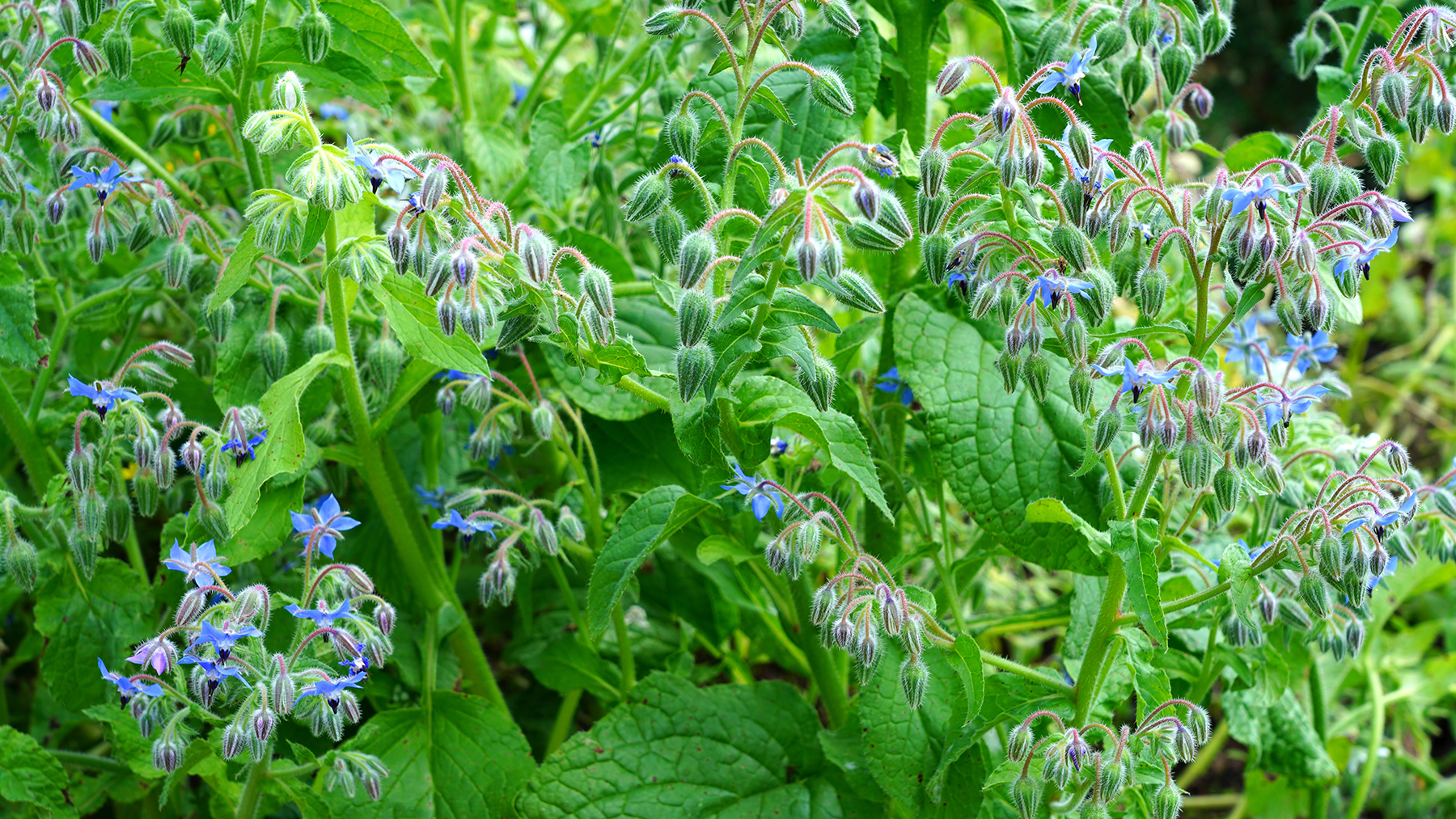
Borage is a nutrient-rich plant that features thick, hairy leaves and tiny, star-shaped flowers.
It is believed that borage subtly enhances the taste of the vegetables it grows with, due to the release of certain nutrients into the soil: Vitamin C, various B vitamins, calcium, and potassium.
While not the most obvious choice, borage adds some interest to a vegetable patch and its leaves can function as a powerful mulch once they’re older and fading. In addition to its nutritional profile, borage also offers strong pest-repelling abilities towards tomato hornworms and cabbage worms, making it a great choice to plant near tomato vines.
It will also attract plenty of pollinators to the area, which is beneficial as they will both support fruiting and prey on other garden pests.
As a bonus, borage flowers are lavender or blue in color, which can add some vibrancy and visual contrast to the garden.
More from Tom's Guide
- 7 tell-tale signs that your patio furniture needs replacing
- 7 vegetables to plant now for a tasty summer harvest
- 9 perennial flowers to plant now for blooms year after year

Despite making her home in urban metropolises, Madeleine Streets has been nurturing a green thumb for decades.
Raised by a garden designer, she is putting that childhood education to use by helping others learn how to make their garden bloom, while filling her own New York home with cat-friendly plants.
When not writing about gardening and the outdoors, Madeleine loves to cook, study wine and borrow books from her local library.
You must confirm your public display name before commenting
Please logout and then login again, you will then be prompted to enter your display name.

